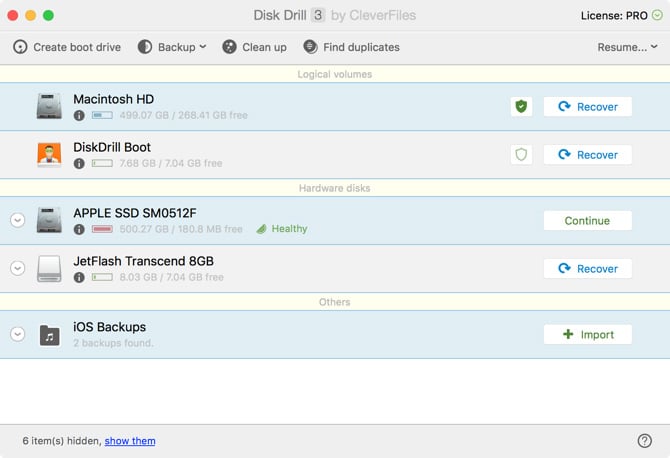Mac Boot Disk Image For Usb
Cash Cow Couple is a financial website that does not offer any personalized financial advice or advocate the purchase or sale of any security or investment for any specific individual. Hopefully, my problem is related to your problem, and you’ll be able to add your accounts.  Cash Cow Couple has advertising relationships with some of the companies mentioned on this website and attempts to take a reasonable and good faith approach to maintaining objective recommendations that are in the best interest of readers.
Cash Cow Couple has advertising relationships with some of the companies mentioned on this website and attempts to take a reasonable and good faith approach to maintaining objective recommendations that are in the best interest of readers.
The initial recommendation given to anyone who lost important data and would like to proceed with the data recovery is always to stop using the drive where the data was stored as soon as possible. You can turn your computer off, remove the drive in question from the docking station, do whatever may be required to prevent any further utilization of that drive. Set it aside, calm down and download a bootable data recovery app using any other computer.
In this tutorial we will show you step by step how to create ans make a bootable USB Flash Drive from a Mac OSX.DMG image file from Windows 10 (Sometimes called pen drive / thumb dive) so you will be able to put it on a Mac OSX ( Macintosh ) Apple computer and boot it to startup a Mac installation without the need of another Mac machine, after. Popular Alternatives to USB Image Tool for Mac. Explore 4 Mac apps like USB Image Tool, all suggested and ranked by the AlternativeTo user community. USB Image Tool can create images of USB flash drives and MP3 players, that are mounted as USB. Free; Windows. Clonezilla is a free software disaster recovery, disk cloning. For creating a bootable disk with your Mac’s SuperDrive, the process is even simpler. With the “InstallESD.dmg” selected in Disk Utility, click “Burn” in the top toolbar. How To: Create a Bootable Install DVD or USB Drive of OS X 10.8 Mountain Lion By Gabrielle Taylor; 4/5/13 10:44 AM. If you need help using your disk to restore your Mac, Apple has a helpful page in its Support section. How To: Create a Bootable Install USB Drive of Mac OS X 10.10 Yosemite. A disk image is a file that contains the contents of a DVD, CD or even hard drive. It is a convenient way to back up the data found on disks or transport the contents of a disk electronically. OSX commonly uses.CDR and.DMG files.
Disk Drill is by far the most convenient and up-to-date macOS bootable file rescue solution. It'll make your Mac boot from USB in just a few clicks. Starting with Disk Drill 3, anyone can create a bootable Mac OS X drive in a matter of minutes. Make sure you have an extra storage device, which is at least 2GB in size. Connect it to any Mac, run Disk Drill and use the 'Create Boot Drive' option on the main toolbar. Disk Drill let's you run all its data recovery algorithms via a bootable Mac USB drive. This ensures the maximum amount of data stays intact during the recovery process, and other background processes or the operating system itself do not overwrite any recoverable pieces of information.
Creating a price list in word 2008 for mac free. Please note: Disk Drill does not provide any option to create bootable CD/DVD drives due to them becoming less popular and accessible in modern computers.

Mac Boot Disk Image For Usb Drive
• After downloading the installer, connect the USB flash drive or other volume you're using for the bootable installer. Make sure that it has at least 12GB of available storage and is.
• Open Terminal, which is in the Utilities folder of your Applications folder. • Type or paste one of the following commands in Terminal. These assume that the installer is still in your Applications folder, and MyVolume is the name of the USB flash drive or other volume you're using. After, follow these steps to use it.
Create Usb Boot Disk Mac
• Connect the bootable installer to a compatible Mac. • Use Startup Manager or Startup Disk preferences to select the bootable installer as the startup disk, then start up from it.
Mac Boot Usb
Your Mac will start up to. Learn about, including what to do. • Choose your language, if prompted. • A bootable installer doesn't download macOS from the Internet, but it does require the Internet to get information specific to your Mac model, such as firmware updates. If you need to connect to a Wi-Fi network, use the Wi-Fi menu in the menu bar. • Select Install macOS (or Install OS X) from the Utilities window, then click Continue and follow the onscreen instructions. For more information about the createinstallmedia command and the arguments that you can use with it, make sure that the macOS installer is in your Applications folder, then enter this path in Terminal: Mojave: /Applications/Install macOS Mojave.app/Contents/Resources/createinstallmedia High Sierra: /Applications/Install macOS High Sierra.app/Contents/Resources/createinstallmedia Sierra: /Applications/Install macOS Sierra.app/Contents/Resources/createinstallmedia El Capitan: /Applications/Install OS X El Capitan.app/Contents/Resources/createinstallmedia.